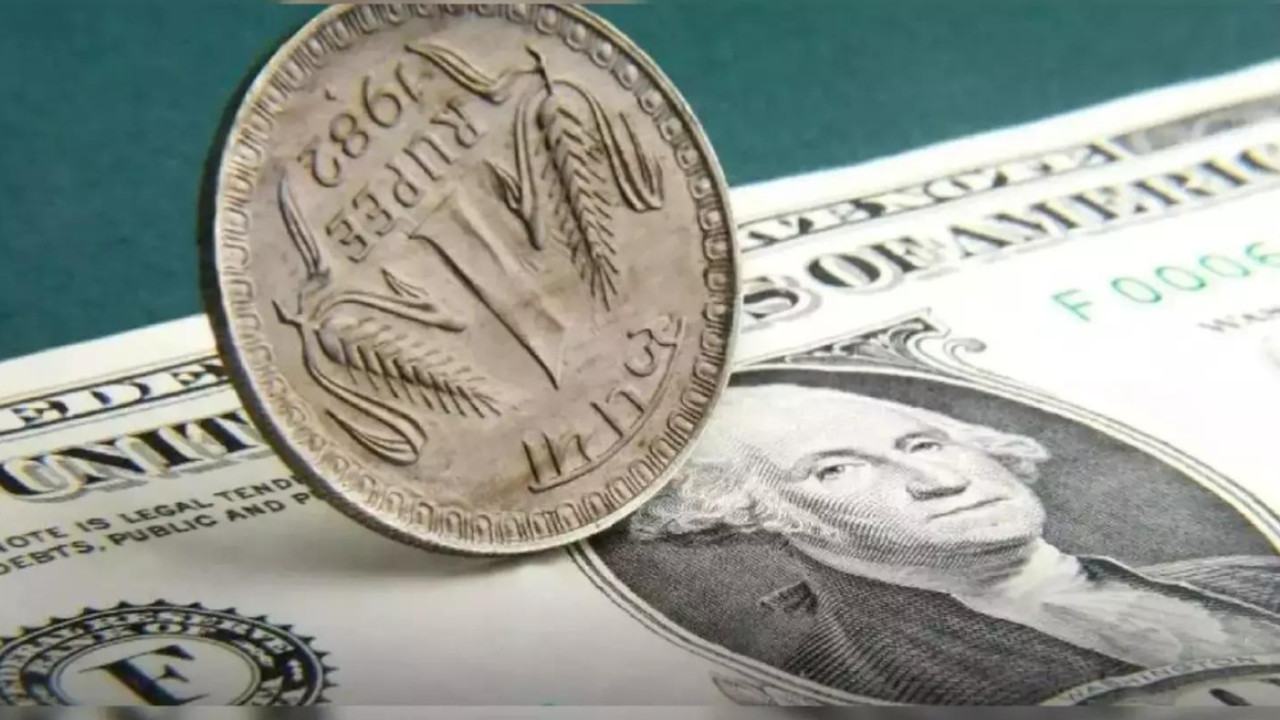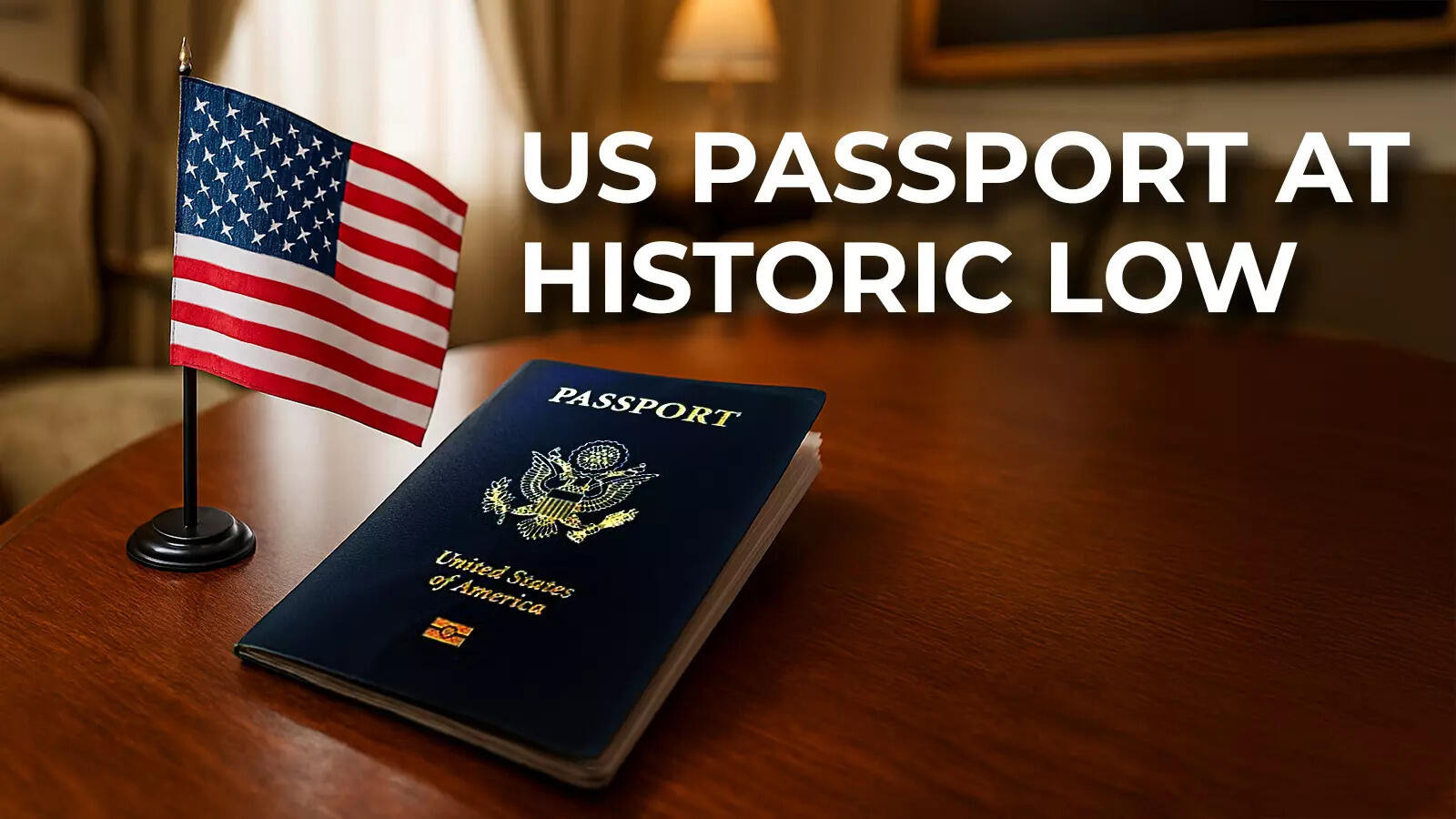Indian Railways is piloting a new initiative to release train ticket confirmation status 24 hours before departure, replacing the current 4-hour window. This aims to reduce uncertainty for waitlisted passengers, allowing for better travel planning, especially for those traveling longer distances.
Say Goodbye to Waitlist Anxiety? Indian Railways Tests 24-Hour Charting – Finally!
Okay, fellow train travelers, let’s be honest: we’ve all been there. That gut-wrenching feeling of staring at a “WL” (Waitlist) status on your train ticket, playing a mental game of probability with every cancellation announcement, and desperately refreshing the IRCTC app. It’s a uniquely Indian form of pre-travel stress. But, hold onto your chai, because Indian Railways might just be about to throw us a much-needed lifeline.
The buzz is about a new trial – a 24-hour advance charting system. Yes, you read that right. Imagine knowing the fate of your ticket a full day before your train even pulls into the station. No more frantic last-minute scrambles, no more clinging to hope only to be dashed on the platform. This could be a game-changer.
Currently, the final train charts are typically prepared around 4 hours before departure (or even less for some trains). This leaves waitlisted passengers in a frustrating limbo, often right up until the boarding time. You’re forced to plan as if you might have a confirmed seat, but with the ever-present anxiety of potentially having to abandon your journey or scramble for an alternative.
This new trial promises to push that charting process back a full day. Think about the implications! You’d have ample time to make alternative travel arrangements if necessary – book a flight, hop on a bus, or even reschedule your trip without the pressure cooker of the last few hours.
Of course, this is just a trial, and the devil is always in the details. We’re talking about a system that handles a staggering number of bookings daily. The sheer logistical complexity of reorganizing the entire charting process is immense. How will they handle last-minute cancellations and no-shows? Will the system be robust enough to handle the increased load and potential for glitches? These are all valid questions that need answers.
But the potential benefits are undeniable. Beyond just reducing passenger anxiety, this could also lead to more efficient use of train capacity. Knowing the confirmed number of passengers earlier allows Railways to better allocate resources, potentially even opening up more seats through optimized coach management.
Think about it: if a significant number of waitlisted passengers know they won’t be confirmed 24 hours in advance, they might cancel their tickets, freeing up those spaces for others. This could alleviate some of the pressure on popular routes and times, and even potentially generate more revenue for the Railways.
This initiative feels like a step towards modernizing the railway experience, aligning it with the kind of transparency and predictability that travelers expect in the 21st century. While airlines and bus operators often provide much earlier confirmation about seat availability, Indian Railways has been lagging behind in this aspect.
There are a few things I’m particularly curious about as this trial unfolds. Firstly, how accurately will the system predict final confirmation chances? Will it provide a probability rating, giving passengers a more nuanced understanding of their odds? Secondly, how will the information be disseminated? Will it be easily accessible through the IRCTC app and website, or will it rely on SMS alerts and other potentially less reliable methods? And finally, will this 24-hour charting system become the new norm across all train routes, or will it be limited to specific trains and regions?
Regardless of the finer points, this trial is a welcome sign of progress. It suggests that Indian Railways is listening to the concerns of its passengers and actively seeking ways to improve the travel experience. We, as regular train commuters, can only hope that this trial proves successful and paves the way for a future where waitlist anxiety is a distant memory.
For now, I’ll be watching closely and eagerly awaiting updates on the trial. Perhaps, finally, we can all breathe a little easier before our next train journey. Wouldn’t that be a refreshing change? Let’s keep our fingers crossed!
📬 Stay informed — follow us for more insightful updates!







